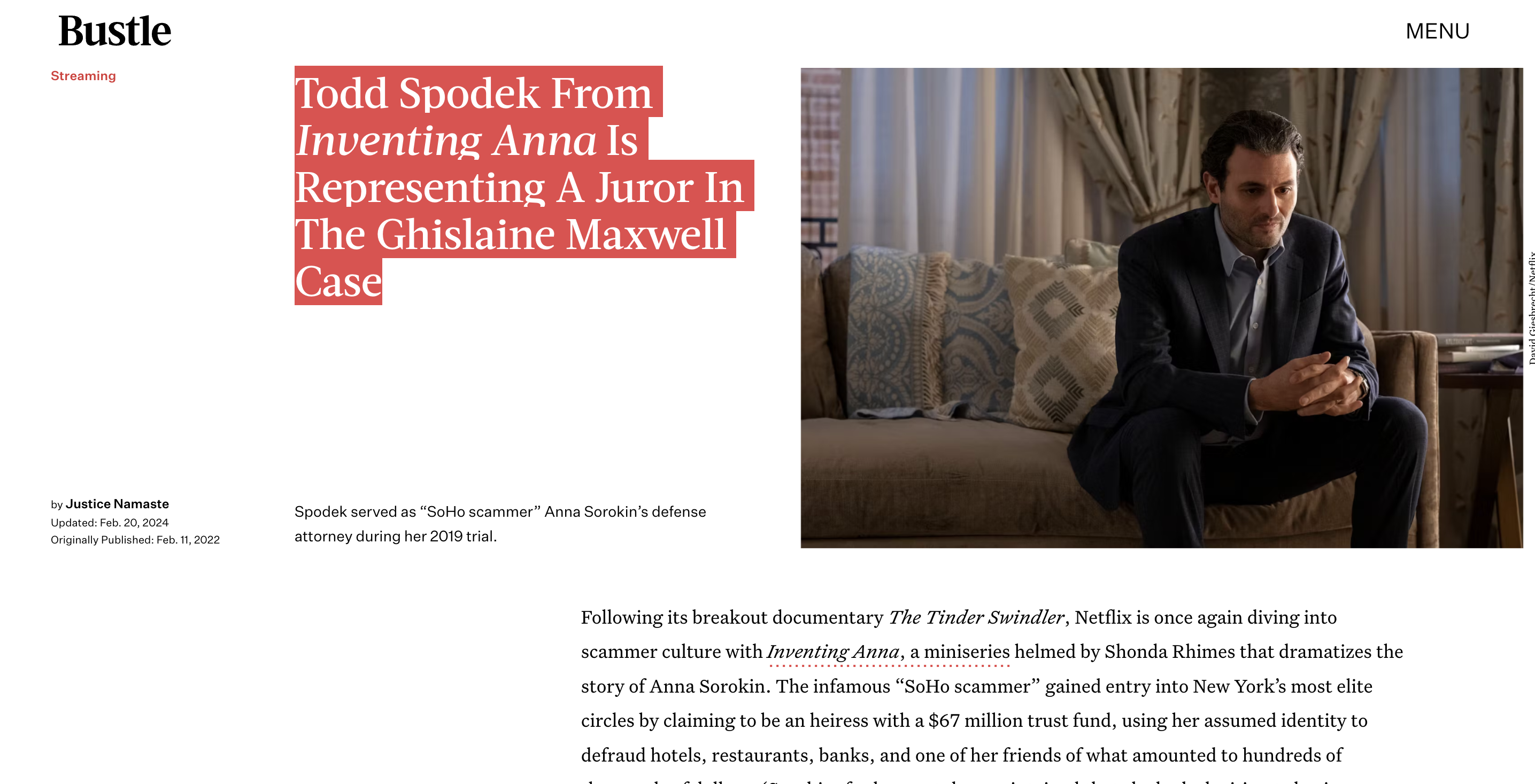Blog
Arguing for Variances and Departures at Counterfeiting Sentencings
Contents
- 1 Arguing for Variances and Departures at Counterfeiting Sentencings
- 2 Overview of Federal Sentencing
- 3 Challenging the Loss Amount
- 4 Mitigating Role Adjustment
- 5 Challenging Sentencing Enhancements
- 6 Departures Based on Overstated Loss
- 7 Family Ties and Responsibilities Departure
- 8 Aberrant Behavior Departures
- 9 Variance Arguments Under 18 U.S.C. § 3553(a)
- 10 Conclusion
- 11 References
Arguing for Variances and Departures at Counterfeiting Sentencings
Sentencing in federal counterfeiting cases can be complex. The federal sentencing guidelines provide a framework for determining sentences, but judges have discretion to impose sentences outside the guideline range through variances and departures. Defense attorneys have several strategies to argue for more lenient sentences below the guidelines.
Overview of Federal Sentencing
Federal sentences start with calculating the applicable guideline range based on the defendant’s criminal history and the nature of the offense. This provides a benchmark, but judges can impose sentences above or below the range. There are two ways to get below the range:
- Departures – These are based on specific provisions in the guidelines allowing a lower sentence in certain circumstances. The judge must cite a specific departure provision.
- Variances – These do not rely on the guidelines. The judge can impose any reasonable sentence based on the factors in 18 U.S.C. § 3553(a). This analysis is more flexible than departures.

Defense attorneys should argue for both departures and variances in counterfeiting cases to maximize the chance of a lower sentence. Even if a departure is denied, the judge might still grant a variance.
Challenging the Loss Amount
A key factor in counterfeiting sentences is the loss amount under U.S.S.G. §2B1.1. This is the greater of the actual or intended loss from the offense. The higher the loss, the higher the sentence.Defense attorneys can argue the loss amount is overstated. For example, the actual loss may be less if not all the counterfeit goods were sold. The intended loss may also be exaggerated if it’s based on the face value rather than the true market value of the counterfeits.Attacking the loss amount lowers the base offense level and guideline range. It also supports variance arguments that the guidelines overstate the seriousness of the offense.
Mitigating Role Adjustment
Defendants who were minor or minimal participants in the criminal activity can receive lower offense levels under U.S.S.G. §3B1.2. This applies to defendants who were less culpable than others, such as couriers or low-level sellers.The defendant’s role must be compared to other participants. Defense attorneys should present evidence about the involvement of higher-level organizers and leaders of the activity. Even if the judge denies a mitigating role adjustment, it can still help support variance arguments.
Challenging Sentencing Enhancements
Several sentencing enhancements may apply in counterfeiting cases, increasing the guideline range. Defense attorneys should scrutinize the applicability of any enhancements and object to improper ones.For example, an enhancement for manufacturing applies if the defendant produced or altered the counterfeit items. This may not apply to defendants who simply transported or sold counterfeits made by others.Other enhancements, like those for using sophisticated means or abusing a position of trust, require scrutiny as well. Even if the enhancements stand, disputing them helps build variance arguments.
Departures Based on Overstated Loss
One ground for departure is if the guideline loss amount overstates the seriousness of the offense. Defense attorneys can cite the challenges to the loss amount and argue it exaggerates the defendant’s culpability.Departures based on an incomplete attempt may also apply if the scheme was interrupted before completion. Even if the judge denies a departure, these arguments bolster variances.
Family Ties and Responsibilities Departure
Defendants with significant family ties and responsibilities can seek downward departures under U.S.S.G. §5H1.6. This requires showing imprisonment would cause excessive hardship for dependents.Defense attorneys should present evidence about the defendant’s family circumstances, such as a spouse with health problems or minor children without other caregivers. Letters from family members and experts can help demonstrate hardship.
Aberrant Behavior Departures
Defendants with little or no criminal history can seek aberrant behavior departures under U.S.S.G. §5K2.20. This requires showing the offense was a marked deviation from the defendant’s history of law-abiding behavior.Defense attorneys should emphasize the defendant’s positive work and family history. Evidence of charitable activities and community service also helps demonstrate aberrant behavior.
Variance Arguments Under 18 U.S.C. § 3553(a)
In addition to departures, defense attorneys should make variance arguments under the 18 U.S.C. § 3553(a) sentencing factors:
- Nature and Circumstances of the Offense – Emphasize mitigating factors about how and why the offense occurred. For example, a struggling business owner resorting to counterfeiting due to financial pressures.
- History and Characteristics of the Defendant – Present positive aspects of the defendant’s background and life circumstances, such as educational achievements, steady employment history, and family responsibilities.
- Seriousness of the Offense – Explain why the guidelines overstate the seriousness, as discussed above regarding loss amount and enhancements. Counterfeiting may seem less serious than crimes involving violence or drugs.
- Deterrence – Argue a lower sentence is sufficient to deter future crimes by the defendant and others. First-time offenders are less likely to reoffend.
- Unwarranted Disparities – Point out sentences imposed on similarly situated defendants, to avoid disparities. Comparisons to state sentences for similar conduct may also be persuasive.
Judges have broad discretion to vary from the guidelines under § 3553(a). Defense attorneys should cite multiple factors to justify a reasonable below-guideline sentence.
Conclusion
Arguing for variances and departures requires understanding the complex federal sentencing guidelines. Defense attorneys should employ every strategy to reduce the guideline range and convince judges to impose sentences below the guidelines in counterfeiting cases. Tailoring arguments to the defendant’s specific circumstances and offense conduct is key to persuading judges that justice requires a lesser sentence. With skillful advocacy, defense attorneys can often achieve fairer sentences for their clients.
References
United States Sentencing Commission, “Primer on Departures and Variances” (2023)
Federal Criminal Lawyers, “Arguing Loss Amount at Federal Counterfeiting Sentencings” (2023)
Federal Criminal Lawyers, “Challenging Sentencing Enhancements in Federal Counterfeiting Cases” (2023)
J. Gustave, Bloomberg Law, “INSIGHT: Federal Sentencing—To Vary or Depart From the Guidelines?” (2019)
Eisner Gorin LLP, “Downward Departures in Federal Sentencing” (2023)









